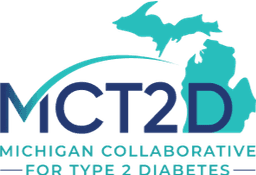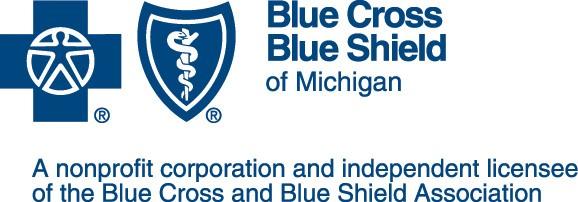NEWS & EVENTS
SPECIALTY CARE
The 2024 Standards of Care in Diabetes from the American Diabetes Association are available now.
On March 14th at Noon, join us for an in-depth live learning community event reviewing what's new and notable in the 2024 Standards of Care. In the meantime, here are five key takeaways from MCT2D Co-Directors Lauren Oshman, MD, MPH, FAAFP, dipl ABOM and Heidi Diez, PharmD, BCACP:
- Improving population health - The ADA emphasizes how important it is to elicit patient centered goals for their diabetes care. Consider financial burdens and medication shortages and ask patients about affordability and rationing of medications at every diabetes visit. (https://doi.org/10.2337/dc24-S001)
- Pharmacologic approaches - The 2024 algorithm focuses on cardiorenal risk assessment first. For people with ASCVD or high risk, heart failure or chronic kidney disease, a GLP-1RA and/or SGLT2i are the most evidence based choices to prevent cardiorenal complications. Remember, metformin is no longer the first line therapy for all patients – individualize care based on risk. (https://doi.org/10.2337/dc24-S009)
- Obesity and weight management: Choose medication with very high efficacy for weight management when individualizing care for people with T2D and obesity. The ADA specifically notes semaglutide and tirzepatide as the most effective options. (https://doi.org/10.2337/dc24-S008)
- Positive Health Behaviors - No one size fits all! The ADA recommends an individualized eating plan. Work with your patients to pick a very low, low or moderate carbohydrate eating plan based on their metabolic goals. Focus on high fiber and avoiding processed foods. (https://doi.org/10.2337/dc24-S005)
- Diabetes Technology: The ADA states that all people with diabetes should have access to CGM. Currently, the most evidence supports CGM use for people with T2D using insulin. Stay tuned as emerging evidence supports CGM for patients not using insulin. For older adults using a CGM, consider more broad time in range to avoid hypoglycemia. (https://doi.org/10.2337/dc24-S007)



